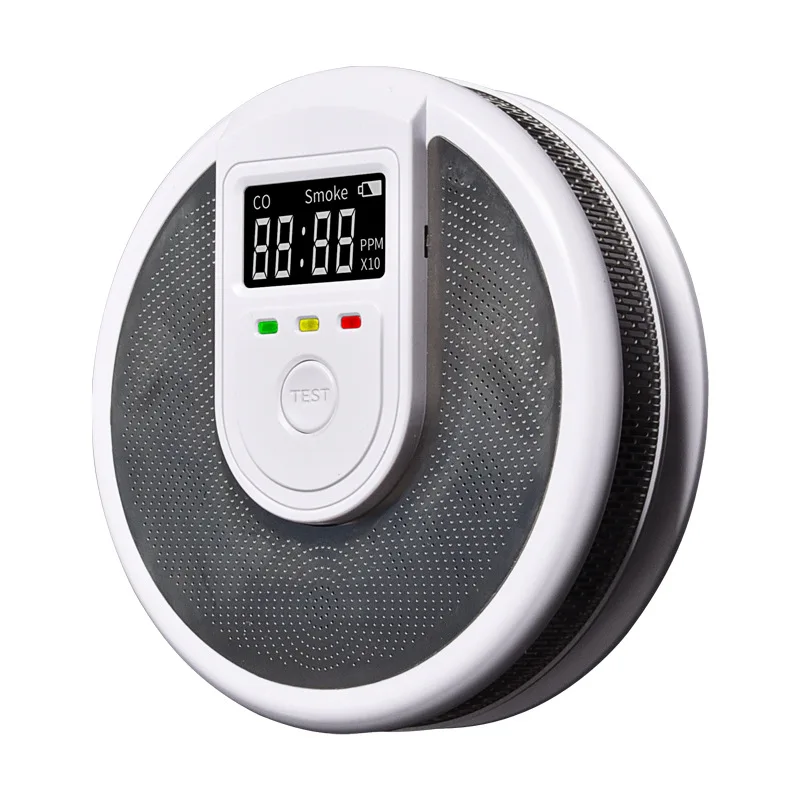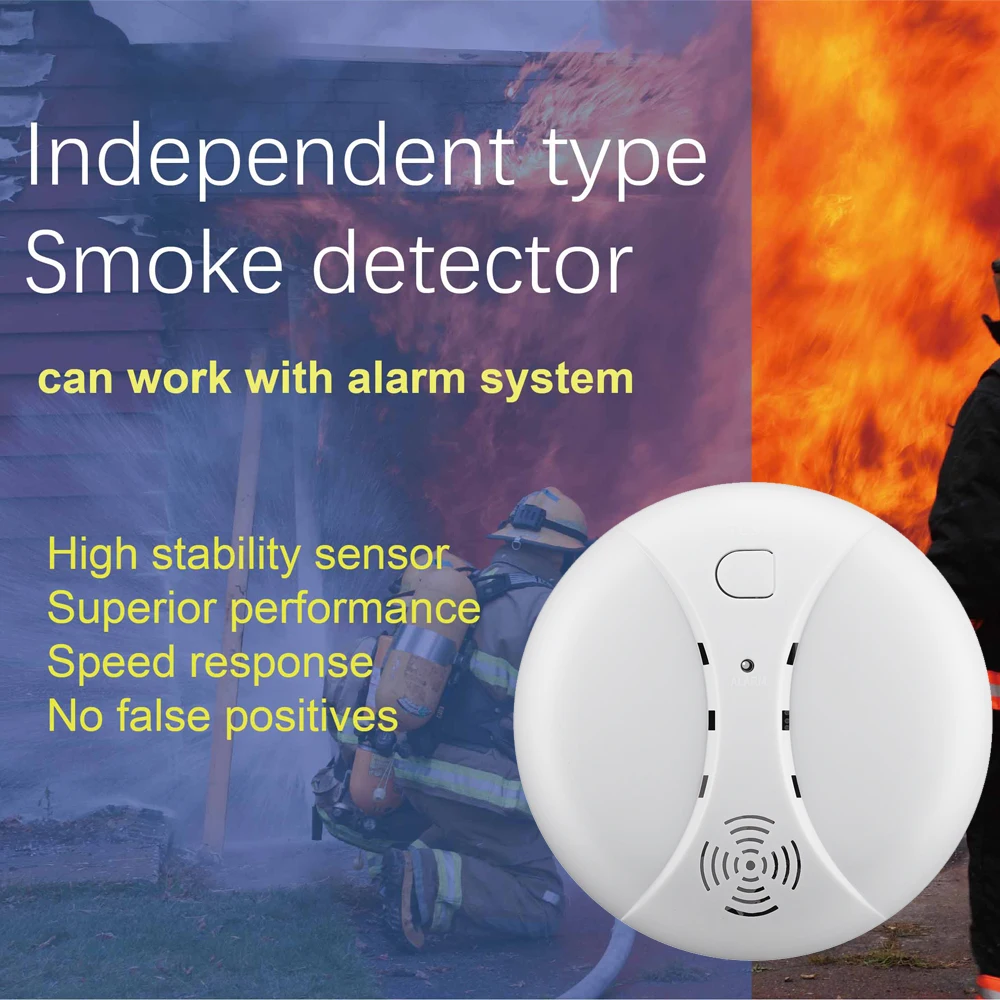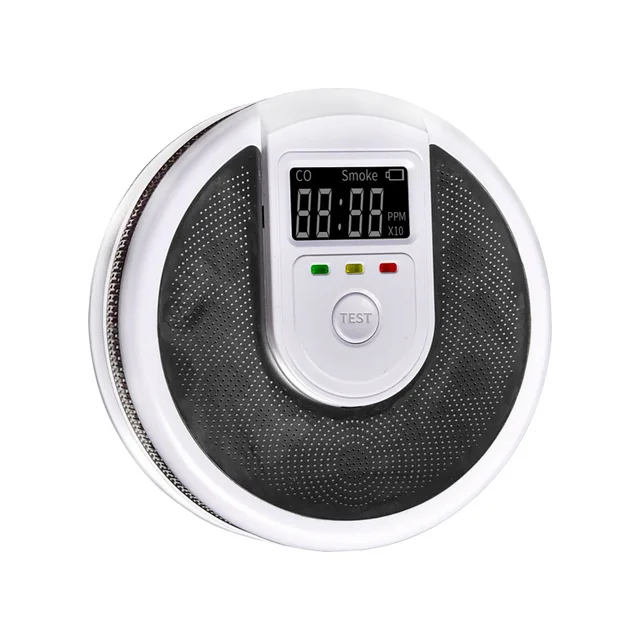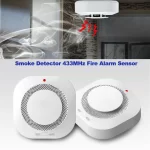Common Causes of Smoke Alarm Beeping
Identifying why your First Alert Smoke Alarm is beeping is crucial to address it effectively. Common causes include:
- Low Battery: When the battery power is low, the smoke alarm emits a chirping sound. This is a prompt to replace the battery soon.
- Dust and Debris: Accumulation of dust or insects in the sensing chamber can trigger false alarms or beeping.
- Residual Charge: Even after replacing the battery, some residual charge from the old battery can cause the alarm to beep. It requires a reset to clear this charge.
- Improper Installation Location: If installed in areas prone to steam, like bathrooms, or cooking smoke, such as near the kitchen, the alarm may beep frequently.
- End of Life: First Alert Smoke Alarms have a lifespan typically between 8 to 10 years. Post this period, they may beep to indicate it’s time to replace the unit.
Understanding these triggers helps in effectively troubleshooting and maintaining your First Alert Smoke Alarm, ensuring safety within your home.

Steps to Reset Your First Alert Smoke Alarm
To stop your First Alert smoke alarm from beeping persistently, a reset may be necessary. Here’s a simple step-by-step guide to help you perform a reset correctly:
- Turn Off Power: Start by switching off the main power to your smoke alarm at the circuit breaker.
- Remove the Alarm: Carefully detach the smoke alarm from its mounting bracket on the ceiling or wall.
- Disconnect the Battery: Open the battery compartment and take out the battery.
- Press and Hold the Test Button: With the battery removed, press and hold the test button for about 15-20 seconds. This discharges any remaining charge and resets the alarm.
- Reinstall the Battery: Insert a fresh battery into the compartment, ensuring it’s properly seated.
- Restore Power: Turn the main power back on at the circuit breaker.
- Test the Alarm: Press the test button to ensure the smoke alarm is working. You should hear a loud beep if it’s functioning properly.
By following these easy steps, you can reset your First Alert smoke alarm and stop the beeping, keeping your home safeguarded against potential fire hazards.
Where Not to Install Smoke Alarms in Your Home
Choosing the right location to install your First Alert smoke alarm is critical to avoid nuisance alarms and ensure it functions effectively. Here are some areas in your home where smoke alarms should not be installed:
- Near Windows or Doors: Avoid placing smoke alarms near windows, doors, or ducts where drafts can interfere with their operation, leading to potential false alarms.
- High Humidity Areas: Areas with high humidity, such as bathrooms or laundry rooms, can trigger false alarms. The moisture can be mistaken for smoke by the sensors.
- Near Vents or HVAC Systems: Installing smoke alarms near kitchen vents or very close to HVAC systems might cause the alarm to trigger falsely due to dust or cooking emissions being blown past the sensors.
- In or Near the Kitchen: Keep smoke alarms at least 10 feet from cooking appliances to minimize false alarms caused by normal cooking smoke or steam.
- Unfinished Attics or Garages: Temperature fluctuations and dust in unfinished attics or garages could affect the sensitivity and functionality of smoke alarms.
- Dusty Areas: If you have a workshop or an area in the home that generates a lot of dust, it’s advisable not to place a smoke alarm directly in these spaces. Dust accumulation can block the sensors and lead to malfunction.
By avoiding these areas, you can help ensure that your First Alert smoke alarm operates accurately and reduces the chance of annoying false alarms.
Product Options: First Alert’s Smoke Alarm Portfolio
When it comes to smoke alarms, First Alert offers a wide range of options. Understanding these choices can help you pick the right one for your home. Here’s a quick breakdown of their portfolio:
- Battery Operated Alarms: Ideal for easy installation anywhere. These alarms provide basic protection with convenient battery power.
- Hardwired Alarms: These are interconnected through your home’s wiring. They include a battery backup for continuous protection during power outages.
- Combination Smoke and Carbon Monoxide Alarms: These units detect both smoke and CO. A great option for comprehensive safety in one device.
- Photoelectric Alarms: Best at sensing smoldering fires. They’re less prone to nuisance alarms from cooking or steam.
- Ionization Alarms: Better at detecting fast flaming fires. They’re suitable for living rooms and bedrooms but can be more sensitive to false alarms.
- Dual Sensor Alarms: Offer both ionization and photoelectric sensors. They provide broader detection and are a robust safety choice.
- Smart Alarms: These alarms can connect to Wi-Fi. They send alerts to your phone and can even be interconnected with other smart devices.
- 10-Year Sealed Battery Alarms: No need for battery replacement. These alarms last for 10 years, after which the entire unit is replaced.
Choosing the right First Alert smoke alarm depends on your specific needs. Think about your home’s layout, potential hazards, and personal preferences. Always follow the manufacturer’s instructions for installation and maintenance.

Understanding Alarm Chirps: Low Battery vs. Malfunction
When your First Alert smoke alarm starts chirping, it’s crucial to understand what it’s telling you.
Low Battery Indicators
A consistent chirping every 30 to 60 seconds usually means the battery is low. This chirp is your signal to replace the battery as soon as possible. A fresh battery ensures your smoke alarm stays on alert.
Signs of Malfunction
If the smoke alarm chirps at irregular intervals, or if a new battery doesn’t stop the chirping, it might be a malfunction. Other signs include random beeps or an inability to test the alarm. Oftentimes, this requires a reset or replacement of the unit.
It’s important to act quickly when your alarm chirps. A working smoke alarm is a key part of home safety. Replace batteries promptly and check for malfunctions to keep your alarm system reliable.
Preventing Nuisance Alarms: Tips and Best Practices
Preventing nuisance alarms in your home involves simple but effective strategies. Follow these tips to minimize false triggers and keep your First Alert smoke alarm functioning optimally.
- Choose the Right Locations: Install smoke alarms away from kitchens, bathrooms, and windows. These areas can cause false alarms due to cooking fumes, steam, or drafts.
- Regular Cleaning: Dust and debris can cause your smoke alarm to beep unnecessarily. Clean your alarm regularly using a soft brush or a vacuum cleaner attachment.
- Proper Installation: Ensure your smoke alarms are installed according to the manufacturer’s guidelines. Incorrect installation can lead to false alarms.
- Use Appropriate Alarms: Select the right type of smoke alarm for different areas of your home. For example, photoelectric alarms are less likely to trigger false alarms in or near the kitchen.
- Maintain a Clear Area: Avoid hanging items like balloons or decorations near your smoke alarms, as they can interfere with the sensors.
By implementing these practices, you can drastically reduce the chances of nuisance alarms in your home, ensuring that your First Alert smoke alarm remains a reliable protector against potential fire hazards.

Regular Maintenance: Ensuring Your Smoke Alarm’s Effectiveness
Regular maintenance is key for your smoke alarm’s effectiveness. By keeping your First Alert smoke alarm well-maintained, you ensure your home’s safety. Here are maintenance tips:
- Test Regularly: Test your smoke alarm monthly by pressing the test button. Ensure it beeps loudly.
- Change Batteries: Replace batteries once a year, or when the low battery chirp starts.
- Clean the Unit: Dust your smoke alarm with a soft cloth or vacuum it every six months.
- Avoid Paint: Never paint over a smoke alarm, as it can block sensors.
- Check Expiration Date: Smoke alarms have a life span. Check the expiration date and replace the unit when needed, usually every 8-10 years.
- Keep It Connected: For hardwired models, make sure connections remain secure. Check them during battery replacements.
By following these simple steps, you can help keep your First Alert smoke alarm ready to alert you to dangers, giving you peace of mind.
When to Replace Your First Alert Smoke Alarm
Knowing when to replace your First Alert Smoke Alarm is crucial for maintaining safety. Here’s what you need to know:
- Age of the Alarm: Replace the smoke alarm every 8-10 years. Check the manufacturer’s date on the unit.
- After a Fire Incident: If the alarm has been exposed to heavy smoke or fire, replace it immediately.
- Frequent False Alarms: If false alarms happen often, the sensor might be failing. Consider replacement.
- Irregular Chirping: Ongoing chirping after replacing the battery might indicate a malfunction.
- Physical Damage: If the alarm has visible damage or defects, replace it.
- Technology Updates: Upgrade to newer models with advanced features for improved safety.
Regular replacement and updates enhance protection and reliability. Stay safe by monitoring your alarm’s condition and age.


